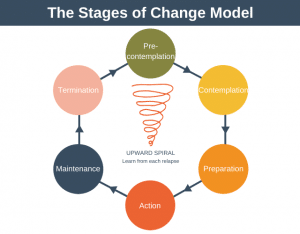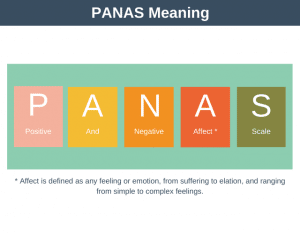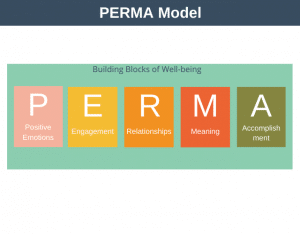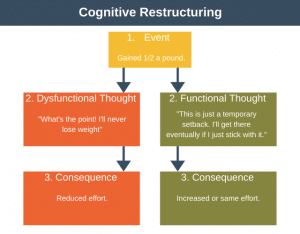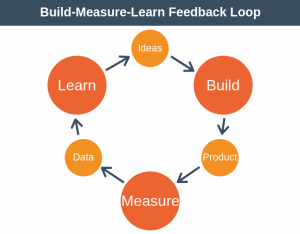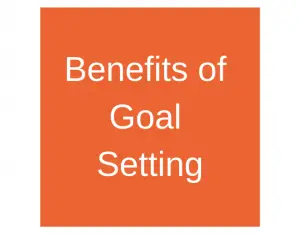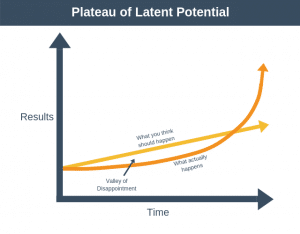The business environment is becoming ever more pressured – office hours are getting longer and increasingly anti-social as project and program team members are located globally; project environments are getting more complex as technology and business models advance; we are issued with phones so we can be contacted any time, and even our email is pushed to us 24 hours per day.
If day to day you feel like you’re just treading water in the office, automatically attending the same meetings over and over, and using all your spare time to respond to emails, such that at the end of the working day you feel as though you’ve made no real progress on your current project, then perhaps it’s time you started to use a Not-To-Do list.
Everyone uses To-Do lists, from project managers, through to house wives and CEOs; so the idea of a Not-To-Do list should be instantly understandably to you, even if it hasn’t occurred to you to use one. The aim of the Not-To-Do list is very simple, it is to help you eliminate items from your working life which are taking time but not returning corresponding value. Of course, the Not-To-Do list can be applied just as effectively to your personal life too.
There are a couple of things you should know about Not-To-Do lists:
- Firstly, if you’re the kind of person who is so busy doing, that you don’t have time to think about why you’re doing what you’re doing, then a Not-To-Do list can profoundly increase your available time to be productive. In many ways it is related to the ideas expressed in the Time Management for Managers post.
- Secondly, if you’re anything like me then you have a To-Do list on which you regularly don’t manage to get all things done. It’s the same with Not-To-Do lists, you shouldn’t expect to be successful every day in everything you’re trying not to do. What’s important is that the Not-To-Do list is adding value to your every day by freeing up time.
That’s all you need to know. Simple, n’est pas? If you still need more, here are a couple of examples from my Not-To-Do list to get you started:
Do not read email until after 9:30am
When the first thing I do after arriving in work is read my mail, all the plans which I made for the day during my commute tend to get thrown out the window. By not reading email until after 9:30am I have time to complete some of the critical items on my To-Do list.
Do not attend meetings unless they have a clearly defined purpose
Have you ever sat in a meeting and wondered why you’re there? That probably means you shouldn’t have been. You only get one life and attending meetings without an objective is no way to spend that one life.
Do not read email after 8pm
I have this bad habit of picking up my phone and checking my email throughout the evening. If there is then an emergency I’ll then open my laptop and get involved. By not allowing myself to read email after 8pm I’ve given myself much more quality time with my family in the evenings. Of course, if there is a real emergency then I can be reached by phone.
Do not get involved in intricate and complicated email exchanges
Ever been sent an email containing lots of questions about your project or program, then, after you’ve carefully constructed a reply it results in more questions? Of course you have, hasn’t everyone? Next time, don’t reply to that first email. Instead, pick up the phone and spend 10 to 15 minutes walking through their questions and answering them, one by one. You’ll waste less time, and they will feel like they’ve been given your personal attention.
I could go on but will stop. I hope you can see how a Not-To-Do list could immediatly increase your free time and thus your productivity. What are the items that will go on your Not-To-Do list?
